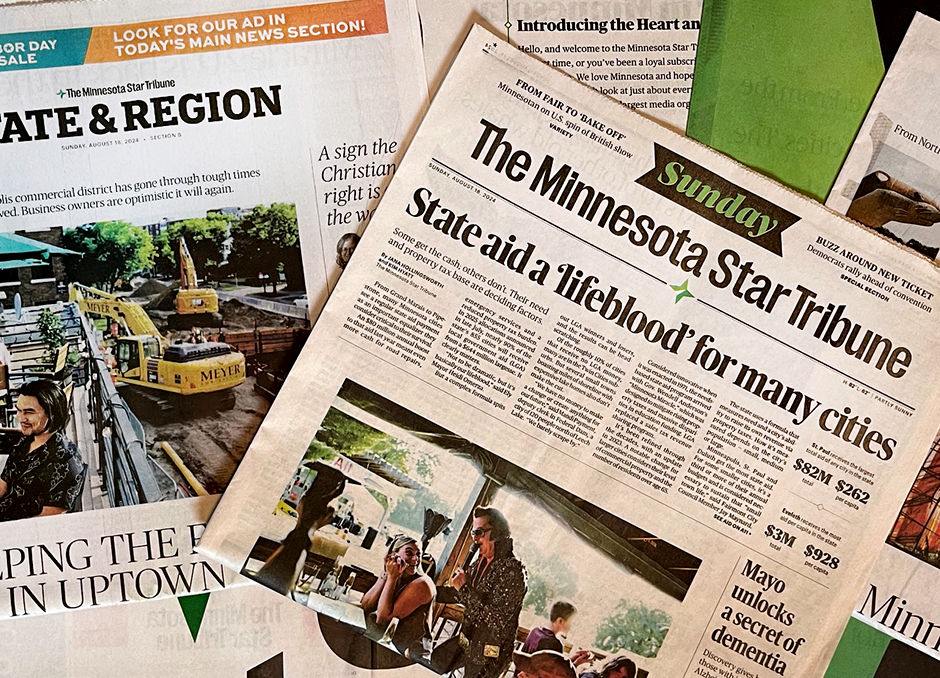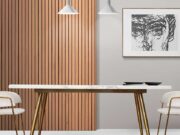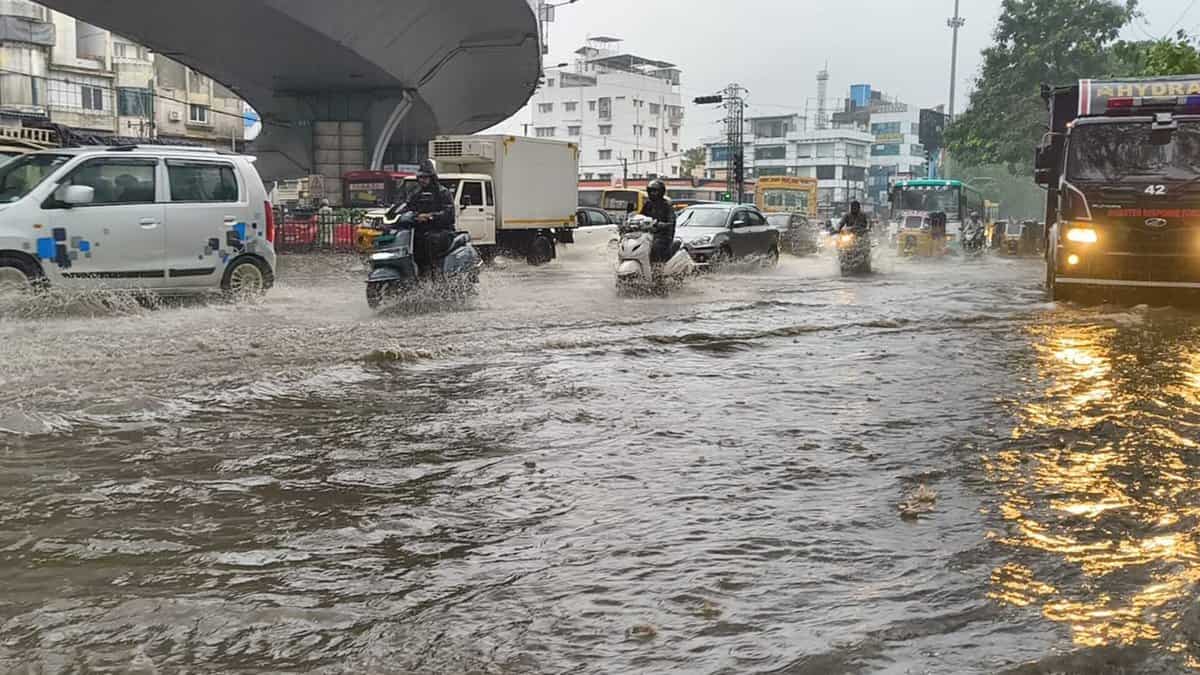Towering in grandeur and steeped in history, the Lukshmi Vilas Palace in Vadodara, Gujarat, remains one of the most culturally rich and largest private residences in the world. A marvel of Indo-European architecture, this opulent palace is home to the royal Gaekwad family and continues to be a living reminder of India’s royal past.
A palace like no other
Spread across a staggering 30.5 million square feet, Lukshmi Vilas Palace dwarfs some of the world’s most iconic royal residences. It is ten times larger than Turkey’s White Palace and boasts a square footage 36 times greater than Buckingham Palace in London.
Recently, in an exclusive Instagram post by Architectural Digest Middle East on August 5, Maharani Radhikaraje Gaekwad offered a rare peek inside the royal abode-a home she has cherished for over two decades.
A legacy 135 years in the making
The palace’s story began in 1878, when it was commissioned by Maharaja Sayajirao Gaekwad III, one of the most visionary rulers of the Baroda princely state. It took 11 years to construct this architectural marvel, using Sonagadh sandstone sourced locally in Gujarat. Now, more than 135 years later, the palace stands as a fusion of artistic influences from both India and abroad.
Speaking to AD Middle East, Maharani Radhikaraje reflected, “The scale of the palace is larger than life. Even after living here for 23 years, I still find myself discovering new things. I see it as our oldest family member.”
An architectural fusion of cultures
From the outside, the palace is adorned with Islamic-style domes, arched verandahs, and intricate carvings inspired by Hindu temple architecture. But the interiors reveal a rich blend of global artistry.
The residence is adorned with Stained glass windows reminiscent of Renaissance Europe, Grand chandeliers from Belgium and other parts of Europe, Mosaic flooring from Italy, Sculptures and Rococo-style paintings from European artists and Exquisite porcelain artefacts from China and Japan.
Adding to this regal mix is the contribution of Indian artists, with priceless works, including some of Raja Ravi Varma’s most significant paintings, proudly displayed throughout the palace. “It’s an amazing mixture of countries and cultures coming together in one space,” said Radhikaraje, underscoring the palace’s unique artistic identity.
The heart of the Palace: Durbar Hall
Among the many lavish rooms, the Durbar Hall holds special importance. With soaring ceilings, stained-glass windows, and ornate details, it was traditionally the seat of royal audiences, where the Maharaja would address subjects, host dignitaries, and conduct ceremonial affairs. “The Durbar Hall was designed to showcase the spirit of collaboration between India and global influences, something that began over 135 years ago and still shines through today,” said the Maharani.
While Lukshmi Vilas Palace is still a private residence, select parts of the palace and its royal museum are open to the public. Visitors can also explore the surrounding LVP Golf Course, Moti Baug Palace, and Maharaja Fateh Singh Museum, which houses royal memorabilia and more paintings by Raja Ravi Varma.

















































